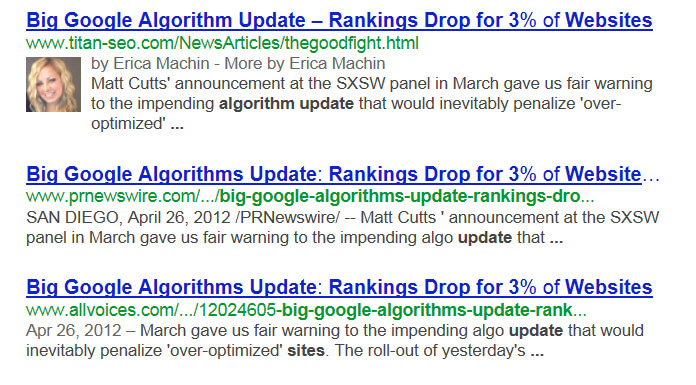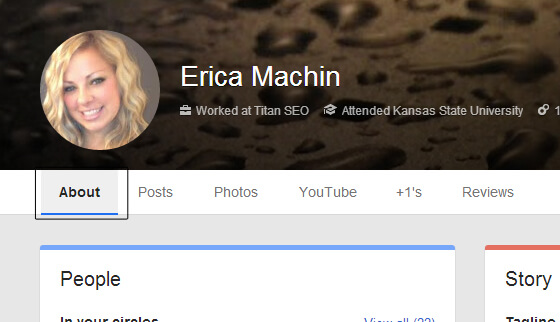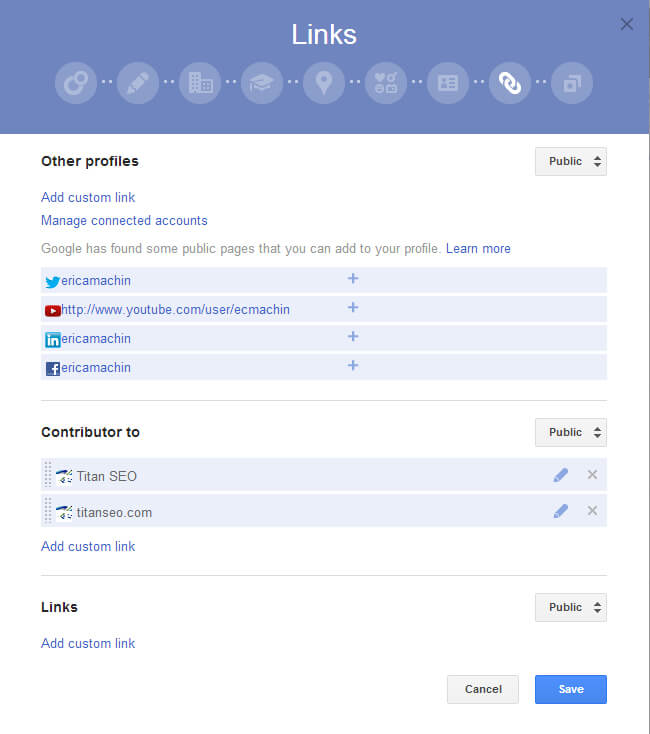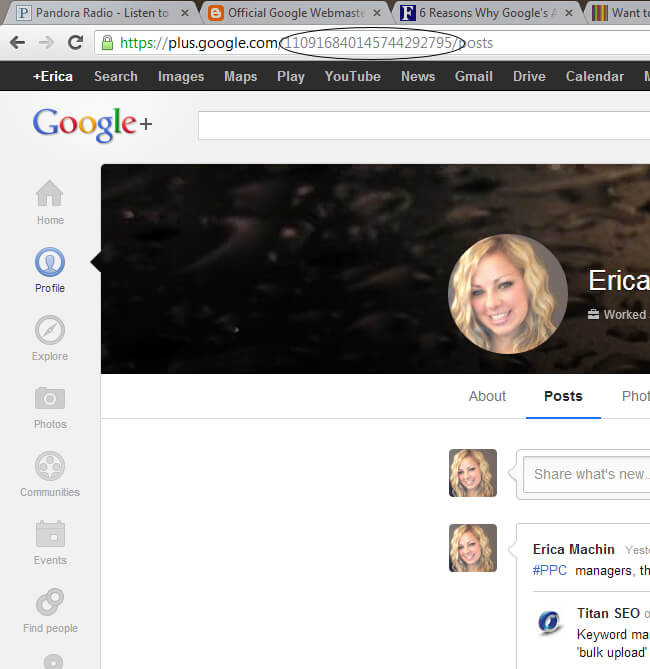Discover SEO Content Writing Tips & Techniques
Are you a content writer? Improve your content writing for SEO with these 10 tips from Titan Growth.
It’s no secret that SEO and content go hand-in-hand.
After all, without SEO your content may be lost somewhere on page 50 of the search results; and we all know traffic on those pages is less than satisfactory. Likewise, your first-page ranking can only do so much if your content post-click is crummy. That’s why a good relationship between SEO and great content is essential! Here are 10 tips on how to write SEO content to make your content go further and enhance your SEO efforts at the same time.
SEO Writing Tips & Guidelines to Make Your Content Go Further
1. Write for your audience first
This SEO content writing tip is number one for a reason. It seems easy enough, yet so many companies make content for all the wrong reasons. Write content that appeals to the interests of your target market or answers their questions. Not all posts need to be about your product or service, but they all should be industry related. Assert yourself and your company as an effective expert in your industry by writing SEO-friendly content that is interesting and informative, and do it better than your competition.
2. Keep it all under the same roof
Get the credit and traffic your website deserves by keeping your original content under your own domain name. That means if you have a blog opt out of hosting with WordPress or Blogger and host the blog in a subfolder on your own domain (ie: www.example.com/blog ). Any time you have an opportunity to showcase other forms of original content like videos, infographics or whitepapers, make sure to also embed them onto your website as well and share from there.
3. Make headlines that pack a punch
You have a very short amount of text to make a very big impression. So don’t underestimate the power of an effective headline on SEO! Write headlines that are clear, interesting and make use of rich keywords. In addition to a great headline, also make sure your meta descriptions are interesting and further elaborate on the topic of your article. Keep in mind that your title and meta description are what show up in the search results, so make them count!
4. Use keyword-rich phrases
Use relevant, keyword rich phrases in your headlines as well as throughout your content to let both your readers and the search engines know what your post is about. But beware, too many keywords will not only turn off your readers but can result in search engine penalties for keyword stuffing. Use keywords thoughtfully and sparingly, sticking to a more natural feel. In addition to using keywords throughout the body of your post, take advantage blog tags by tagging a few relevant keywords for each post; most general blogs have tagging capabilities already built in.
5. Structure your posts
The contents of your post may be great but can be easily lost in an unorganized, inefficient format. Breaking your content up into smaller paragraphs with headlines makes for an easy read that will keep your readers engaged. For the search engines, back-end organization is key too. Using proper tag hierarchy when tagging headlines (H1 for titles, H2 for subtitles) is important to maintain a well-structured article.
6. Incorporate imagery
Make your posts pop with images! People are visual. Adding an image along with your blog post can make a big impression. Have a Pinterest account? In addition to promoting your blogs across your other social media channels, posts with images can also be pinned, adding another avenue for traffic to your website.
7. Propel content with social media
Social media is a powerful tool that can help increase the reach of your content and promote sharing. Post each new article on social media sites and in forums, using engaging descriptions and a call-to-action. Since the power of social media lies in sharing, it’s also important to have share buttons on each of your blog posts. If you want more control of how your links appear when they’re shared, implementing Twitter Cards for Twitter or Open Graph for Facebook (technical) can give your shared links a boost, and may help your click-through rates.
8. Implement Google Authorship
Google Authorship is a quick and easy way to tie content to a certain author, all you need is a Google+ account. As a result, your articles come up as rich snippets in the search results featuring the author’s photo along with the article title. Google Authorship is great for personal promotion, but can also increase the click through rate to your articles. If you’re an author, learn how to set up Authorship for your website.
9. Promote natural link building
Link building has come a long way since the days of link buying and link farms, but links are still an important ranking factor for SEO. Linking to your own articles or website in your post ensures a link back to your website if your article is picked up by another site. If you get creative with other types of content like infographics and videos, adding an embed code on your site helps to promote content sharing and also adds a link back to the original source. Creating great SEO content helps increase the shareability and the likelihood that other websites will link to it, so aim for quality!
10. Monitor your activity
Stay on top of your SEO friendly content by monitoring your efforts. Google Analytics is an easy and free way to track your page views and the average time spent on a page. Check things like your bounce rate and time on site to get an idea of how users interact with your website after landing on your content. If you see a high drop off in addition to a low average time spent on the page, that’s an indication that your content wasn’t relevant to what they were looking for, or worse, wasn’t interesting. Also, take a look at the number of social interactions (shares, likes, etc ) to get an idea of the virality of your post. Just looking at these simple metrics can give you a good idea of which content pieces are well-received and liked so that you can replicate that type of content down the road.
Both SEO and content writing are important pieces to the puzzle, so it’s important to use quality techniques for both to ensure higher traffic and engagement on your website. If you have any questions about SEO, content or how they work together, feel free to contact us to learn about our SEO content writing services!
Submitted by Erica Machin, Titan Growth





